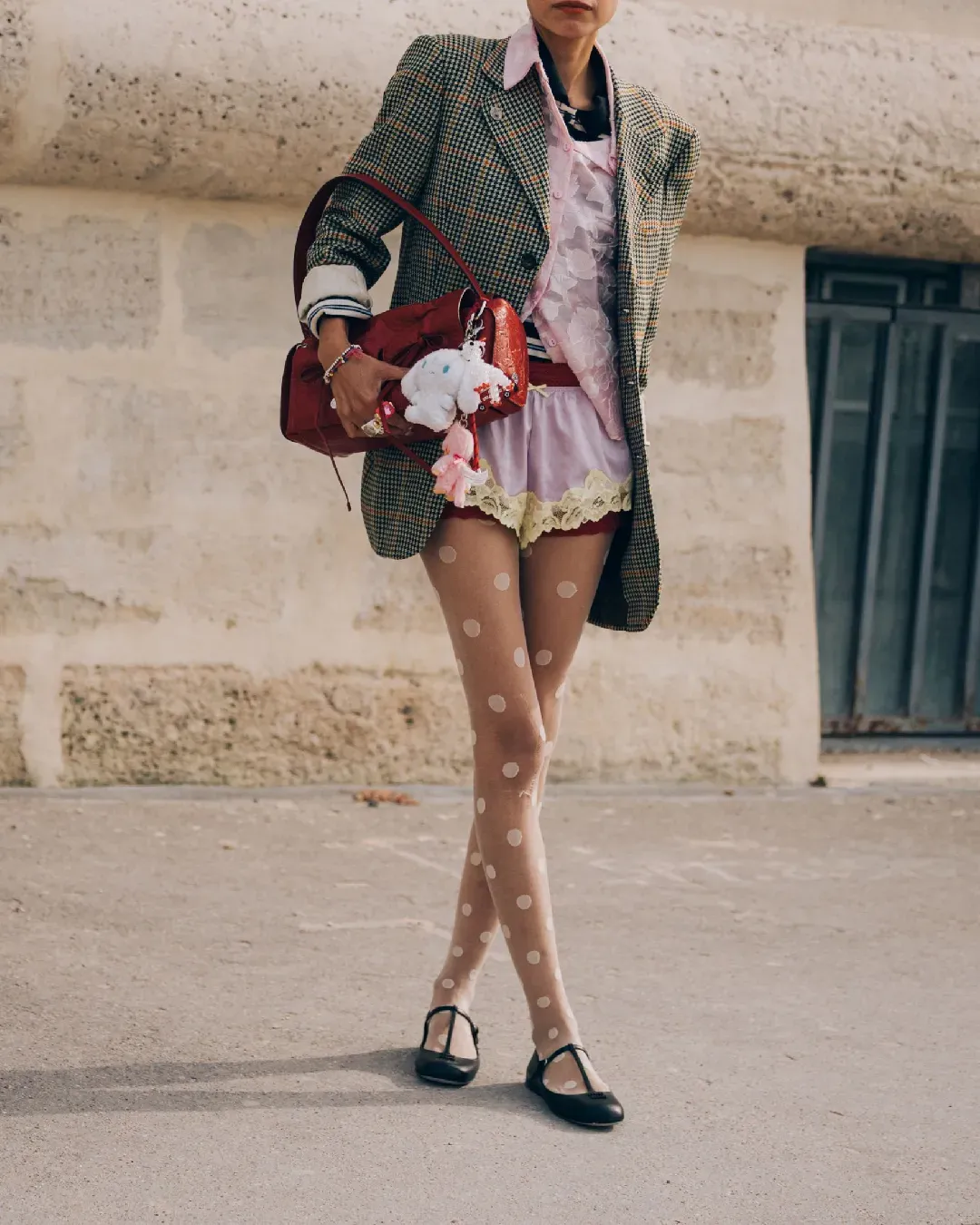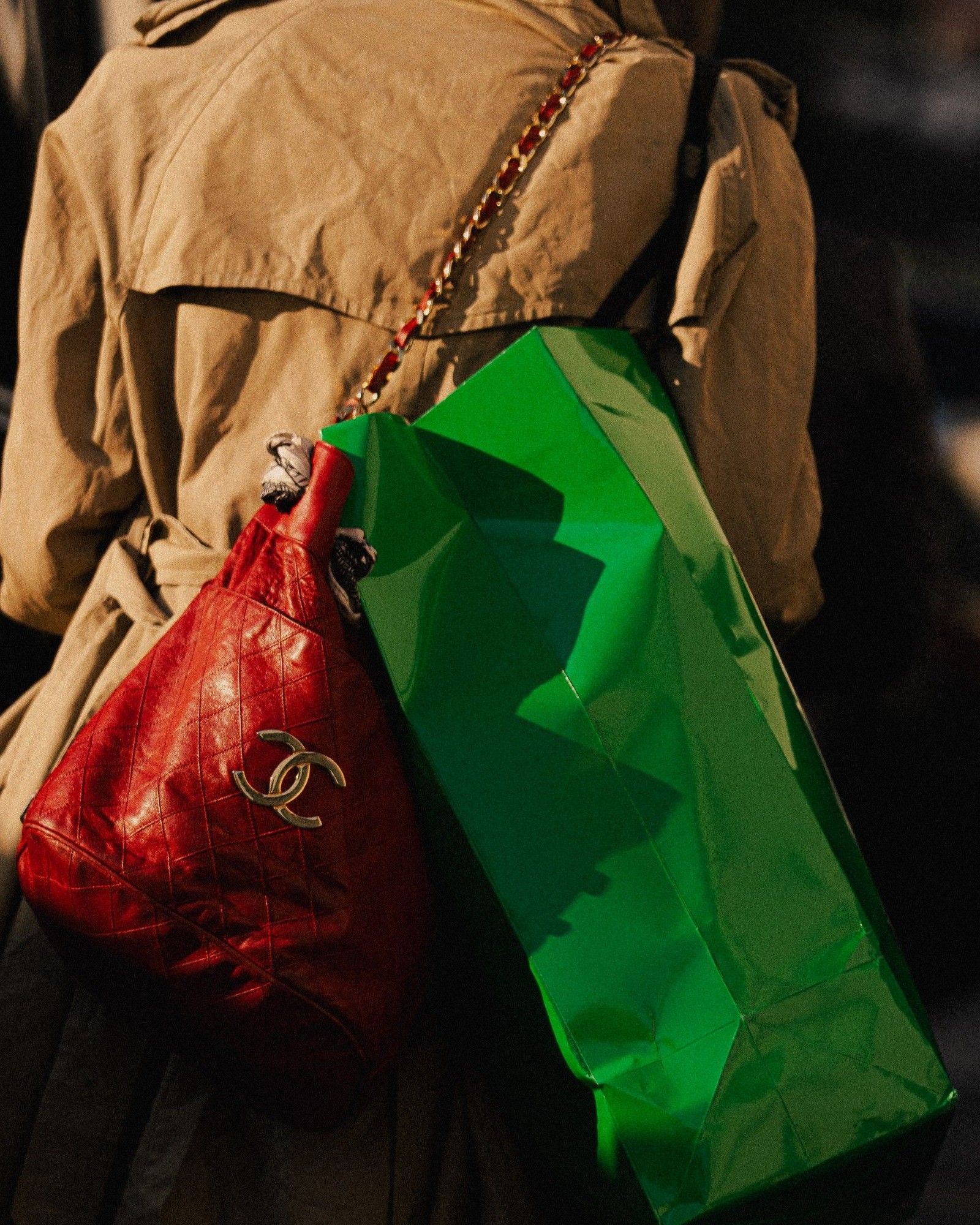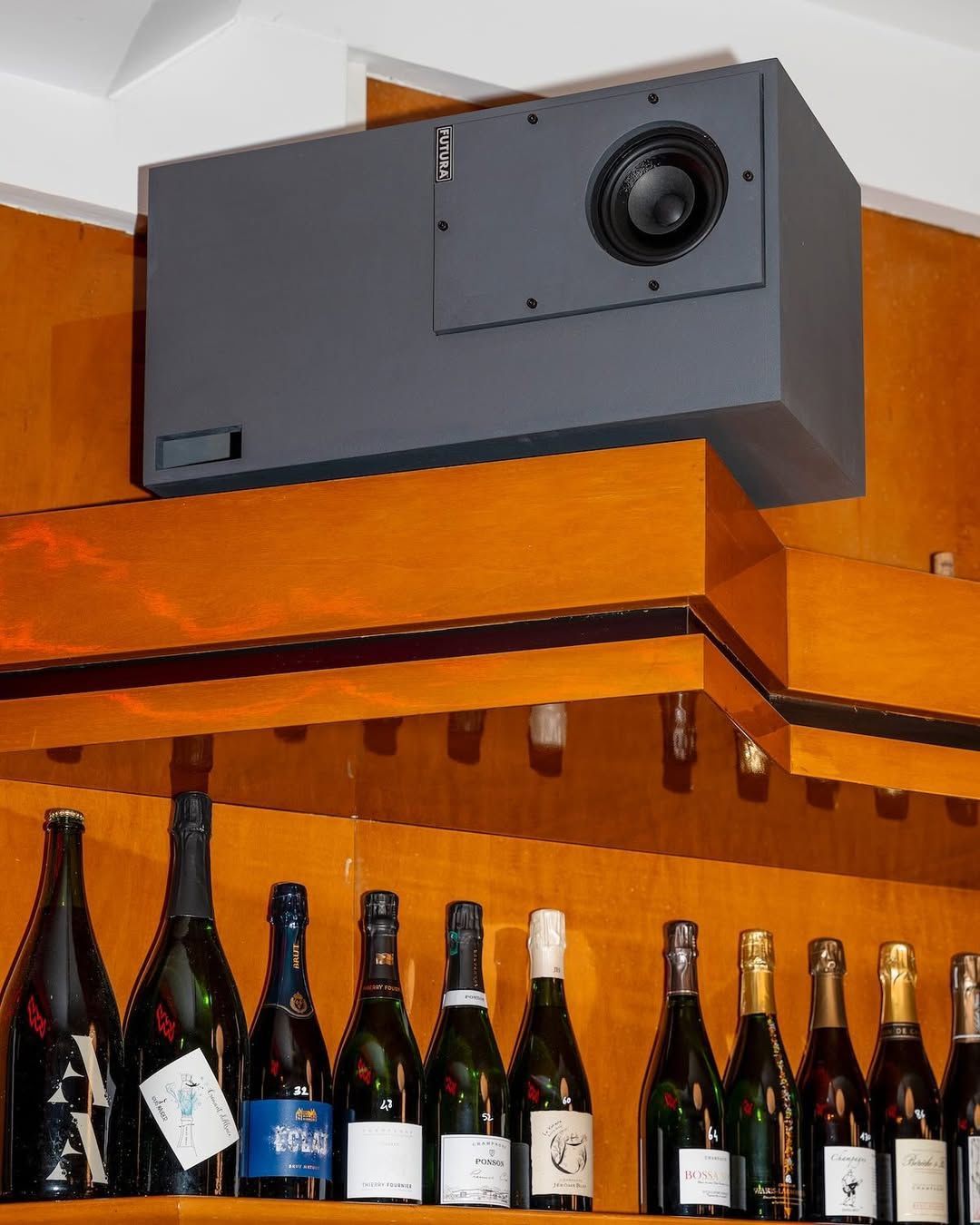
Vintage is going strong in Japan Thanks to the devaluation of the yen and the strong local retail culture
The ongoing devaluation of the yen in Japan has triggered a series of changes in consumption patterns in a region normally referred to as the “Asia-Pacific” in financial documents, a key area for the luxury industry. While in recent months there has been a significant increase in tourists traveling to Japan for shopping, taking advantage of favorable exchange rates, a new phenomenon has now emerged: the secondhand boom. In the world of vintage and archival fashion, Japan is known for having some of the best shops in the world, with selections and prices that rival those of the finest multi-brand boutiques. However, despite its existing popularity, this year the Japanese secondhand fashion market has experienced extraordinary growth. The dramatic fall of the yen has been a key factor in the rise of Japan's secondhand fashion market. In June 2024, the yen hit a 38-year low against the US dollar (since then, the currency has begun to rise again, approaching January 2024 levels), and this significant drop has made Japanese secondhand fashion more accessible to international buyers, driving up demand for archival fashion in the country. As reported by BoF, between April and June, Buyee, an e-commerce aggregator with 500 million users, saw its sales of secondhand fashion items double, with numerous customers coming from the United States and China.
The performance of various vintage retailers in Japan has also been impressive. According to BoF, Komehyo, a Japanese franchise of secondhand stores, recorded a record increase of 34.5% in net sales for its fashion segment during the quarter ending in June 2024. Similarly, Zozotown reported a 10.2% increase in secondhand fashion sales between April and June 2024. The influx of international tourists has further fueled the growth of this market. By July 2024, Japan had welcomed over 21 million tourists, nearing the pre-pandemic record of 31.9 million—many of them shopped not only in boutiques but also in the country’s numerous vintage stores. And forecasts indicate that the local secondhand market is expected to grow even more: according to consultancy firm EY, it could reach a turnover of $27 billion by 2030. Japanese retail culture and the widespread network of stores dedicated to secondhand fashion are characterized by a focus on quality and excellent condition of the goods sold. Even the smallest defect can affect resale prices, and an expert interviewed by Jing Daily explained that keeping original boxes and dust bags—something crucial given that the most sought-after brands include Louis Vuitton, Chanel, Cartier, Dior, and of course Hermès. Moreover, Japan's strict regulations on counterfeit goods further enhance the market's appeal, as fakes in Japan are so rare that they practically do not exist.
@tamara Come with me vintage shopping in Tokyo . We found so much good stuff, and these are some of the shops we visited #tokyo #vintageshopping #vintagetokyo #vintagechanel original sound - Tamara Kalinic
This enthusiasm has also been reflected on social media. The boutique Amore Vintage in Tokyo, for example, not only gained significant online visibility thanks to a clientele composed of stars such as Hailey Bieber, Jennifer Lopez, Peggy Gou, Kim Kardashian, or Dua Lipa who shop there for Birkin bags and archival dresses, but it has also been the backdrop for hugely successful TikTok videos (according to Jing Daily, a video by creator Adelaine Morin garnered 1.5 million views) thanks in part to an extraordinary catalog of over eight thousand items, half of which are from Chanel. According to the publication, on the Chinese social media platform Xiaohongshu, which is similar to Instagram, “the hashtag #Japanvintage has generated over 8.5 million views, thanks in part to endorsements from idols like Jennie of Blackpink (the star was spotted multiple times wearing vintage Chanel pieces from Amore Vintage).” However, Jing Daily also explains that in China there is a certain cultural reluctance toward buying secondhand products: on one hand, buying used clothing and accessories is perceived as an indicator of economic hardship, much like it still is for older generations in Italy; on the other hand, China’s millennia-old culture regards the idea of owning and wearing an item whose previous owner is unknown unfavorably—a mindset that Jing Daily attributes to longstanding superstitions. However, if one were to dare to interpret this attitude, one could very well think that, just like in Europe, this distrust is more prevalent among older generations than the younger ones, given the success that Japanese vintage enjoys on national social media platforms, which are typically used more by Millennials and Gen Z.















































